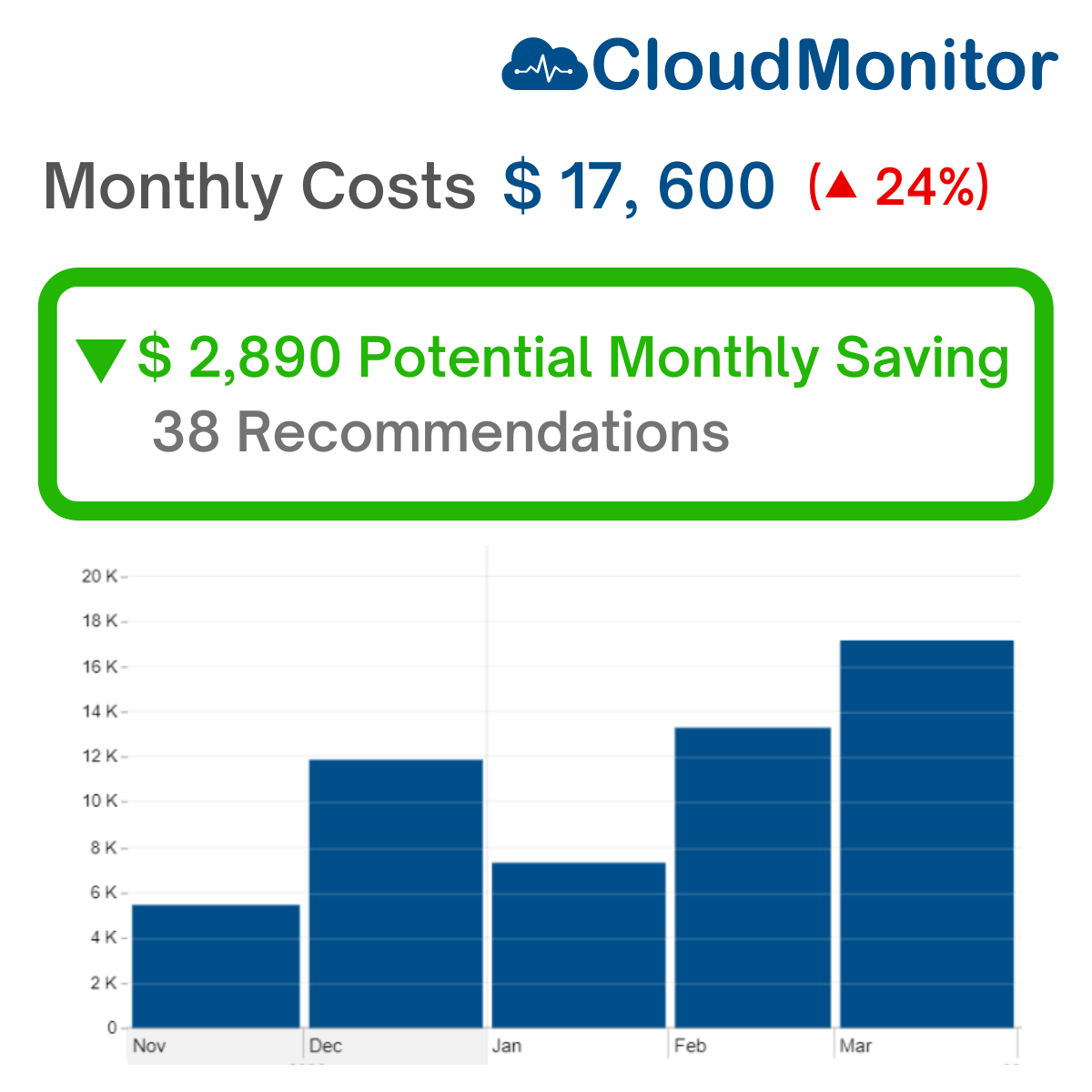Architecting for Cloud Capability
Architecting for Cloud crucial in FinOps because they allow your organization to optimize the use of cloud resources, leading to cost savings, better efficiency and scalability.
By automating workload management tasks, your organization can optimize the use of cloud resources and ensure that you are only paying for what you need.
CloudMonitor features related to Architecting for Cloud
Architecting for Cloud Definition
Using the cloud to build systems offers the flexibility to mix and match a wide array of tools and services to meet any specific need you can think of. When engineering teams start designing an app, they have a lot to consider: what the app needs to do, the skills of their team, and how the app should run, among other factors. These decisions help tailor the application to meet the exact demands of customers or stakeholders.
Architects have many choices when setting up or updating systems. For instance, they might use virtual machines, which are like digital computers that run inside a real one, or containers, which are smaller, more focused environments that are great for running individual applications. They can also choose serverless computing, where the cloud provider manages the computing resources, allowing developers to focus purely on coding.
Cloud providers offer frameworks—essentially blueprints—that help teams build effectively and make smart trade-offs between different options like performance and cost. These frameworks touch on everything important for running a reliable, secure, and efficient system.
With the shift toward cloud computing and FinOps, which focuses on financial savvy in the cloud, teams not only have to think about their systems’ technical requirements but also their long-term sustainability and cost-effectiveness. Effective cloud architecture isn’t just about building things to work; it’s about building them to be economically and environmentally efficient from the start.
Some apps are built directly in the cloud, optimized from the ground up, while others may be moved from older systems like traditional data centers. Over time, apps might need to be tweaked or overhauled as conditions change, such as when new cloud services are released or organizational needs evolve.
Regular reviews and updates are crucial. This involves looking at how much is being spent, identifying wasteful expenditures, and pinpointing where the app isn’t delivering value. Updating these systems can lead to significant improvements in efficiency and cost-effectiveness.
Overall, optimizing cloud usage involves a holistic approach. It’s not just about cutting costs but improving how services are used to maximize value. This includes deciding when to use different cloud models like SaaS (software as a service) or making systems more sustainable. The strategies developed here help guide not only how to build new workloads in the cloud but also how to improve or redesign existing ones, ensuring they are as effective and efficient as possible.

